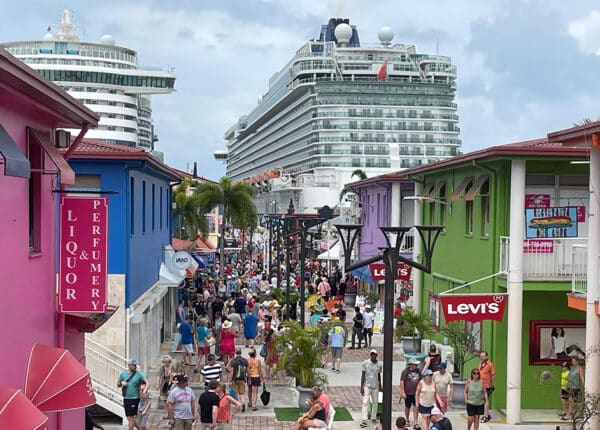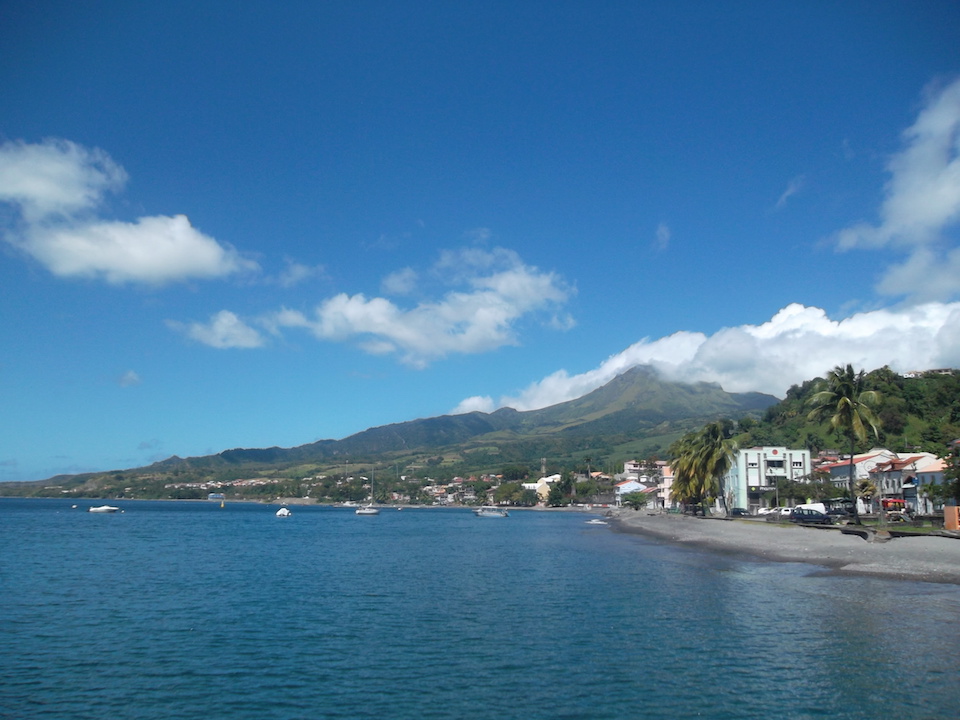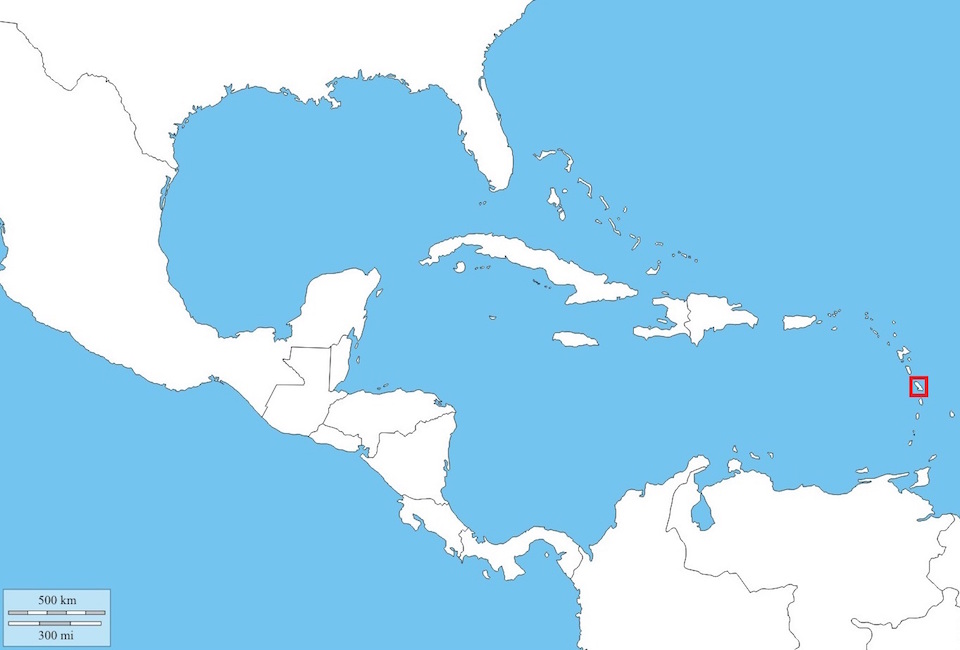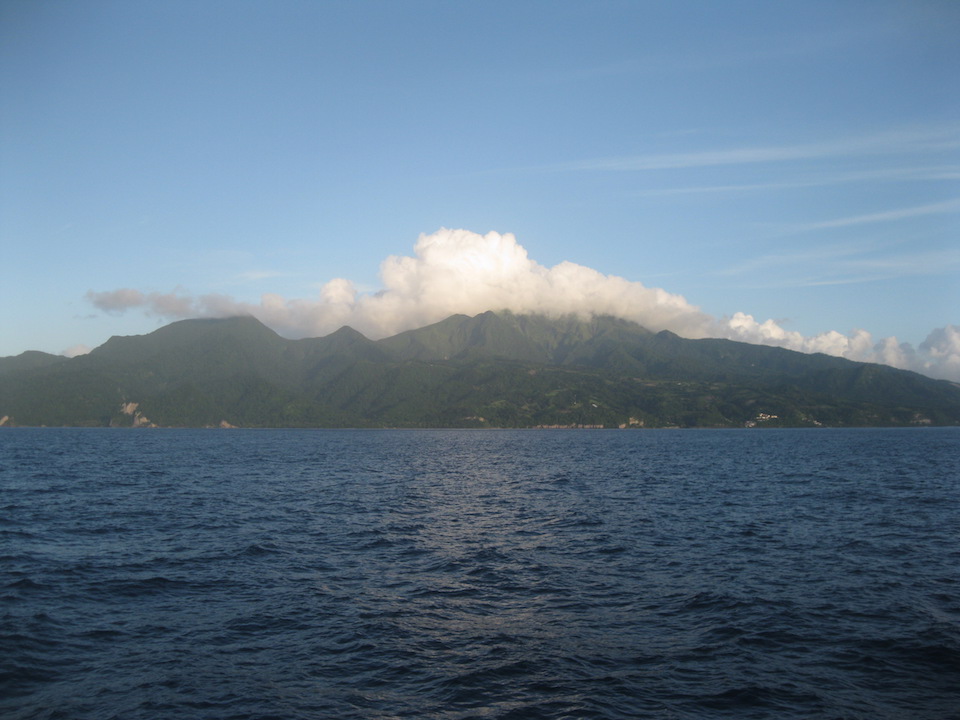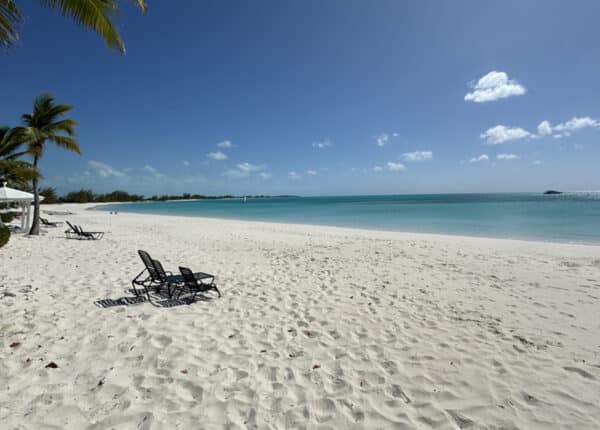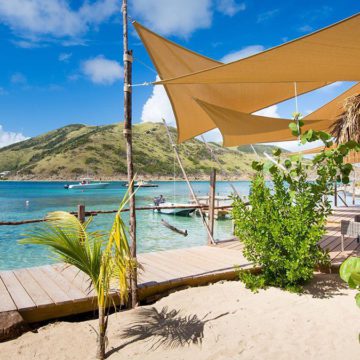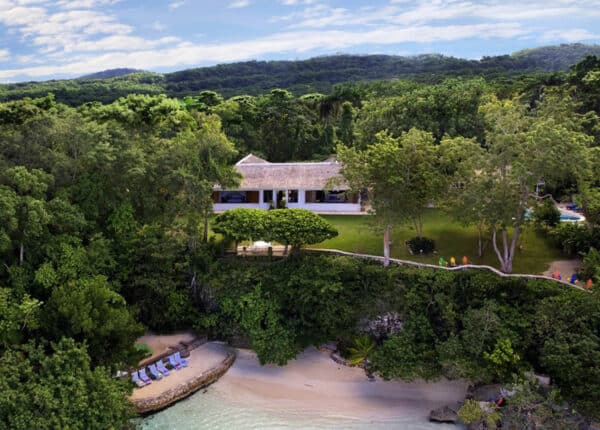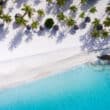By Sébastien Perrot-Minnot
CJ Contributor
“A little bit of France nestled in the heart of the Caribbean,” as the local tourism committee announces, Martinique may seem modest in size: it covers an area of about 1,100 km². However, it is imposing by its nature, history and heritage.
Inhabited by humans for more than two thousand years, it was settled by Amerindian groups which were engaged in vast exchange networks, built between the Caribbean islands, and between these and the continent (in particular, South America). It was visited by Christopher Columbus during his fourth and last voyage to the Americas (1502-1504), yet the Lesser Antilles in general were neglected by the Spaniards. It was in 1635 that the French colonization of the island began, with the founding of Saint-Pierre. In 1692, the city of Fort-de-France, then called Fort-Royal, became the political capital of the colony.
Martinique was of great importance for mainland France, due to its strategic location and its agricultural (especially, sugar) production. Here, the French erected dozens of fortified buildings and fought the Dutch and the English. On the other hand, the territory was used for the participation of the Kingdom of France in the American Revolutionary War (from 1778 to 1783) and for the intervention of the Second French Empire in Mexico (1862-1867). It should be noted that the French soldiers sent to the American continent in the colonial era favored the influence of their homeland in several respects. Apart from their official duties, they contributed to disseminate the ideals of the Enlightenment and the French Revolution, and some of them were engaged in the Latin American independence struggles.
Clearly, colonial Martinique, with all its powerful fortifications, was not isolated. It is worth adding that its position in the Americas was not only promoted by politics. On this matter, agriculture and business played a considerable role. It would seem that the cultivation of coffee came to Central America from Martinique; in the nineteenth century, it became the first source of wealth of the Central American countries. The planters from Martinique also travelled, and some settled elsewhere in the Caribbean, outside the French West Indies, bringing with them particular skills and traditions. In the late nineteenth century and the early twentieth century, at a time when industry was exalted, other Martiniquans went to work on the construction of the Panama Canal; thousands of them took part in this titanic project, and most remained on the now pierced Panamanian isthmus.
In 1902, Martinique was shaken by a cataclysm: an eruption of Mount Pelée destroyed the city of Saint-Pierre -the “Little Paris of the Antilles”- and killed about 30,000 people, shocking the world. Several foreign powers, including the United States, provided humanitarian assistance to the wounded island. This tragedy resulted in the birth of modern volcanology, under the leadership of Professor Alfred Lacroix, who enjoyed an international prestige (even receiving a distinction from the Geological Society of America).
In Martinique, the twentieth century was marked by deep political changes too. The territory lost his colonial status in 1946, being converted into a French department. Twenty-six years later, it also became a region (another political subdivision). At the start of this year, the region and the department were merged into the Territorial Collectivity of Martinique (Collectivité Territoriale de Martinique). Although the local population has expressed itself in favor of its remaining in the French Republic, it wants nevertheless a strengthening of its relationships with the Greater Caribbean, that inspiring cultural area which stretches from the Guianas to the south of the United States.
In order to address deep sensitivities but also economic ambitions, while the flows of persons and goods are constantly growing through the Caribbean Sea, the local and national authorities have led Martinique to a true dynamic of regional integration: in 2014, the territory obtained the status of associate member of the Association of Caribbean States; this year, it joined the Organisation of Eastern Caribbean States; and negotiations are underway for a membership to the Caribbean Community (Caricom). Furthermore, the French National Assembly recently passed a bill to facilitate the external action and cooperation of the overseas collectivities in their regional environment. Let there be no doubt, Martinique will be unavoidable for all states, all community belonging to the Greater Caribbean.
Sébastien Perrot-Minnot, PhD is Archaeologist and teacher at the University of the French West Indies, and the Honorary Consul of Guatemala in Martinique.
